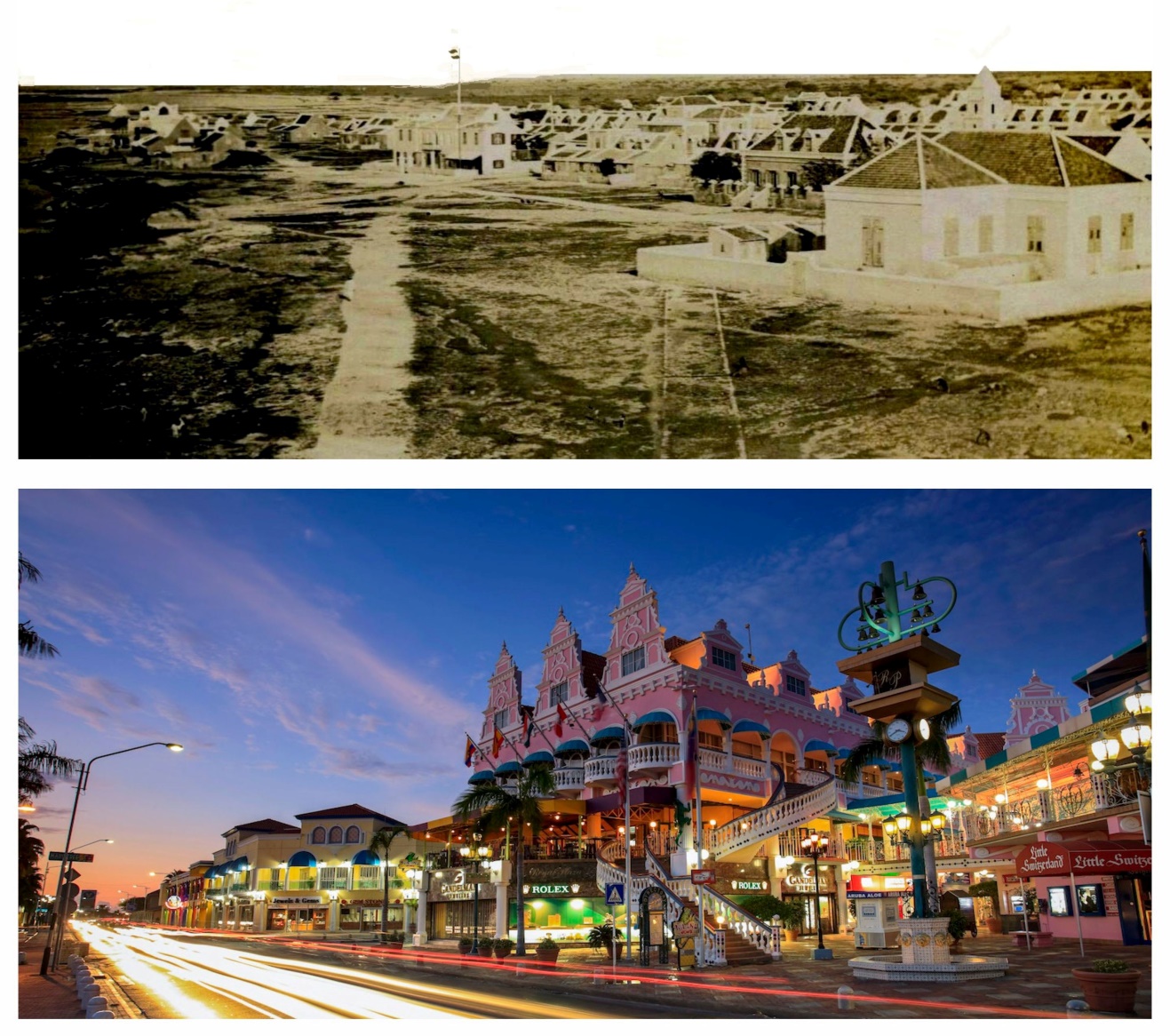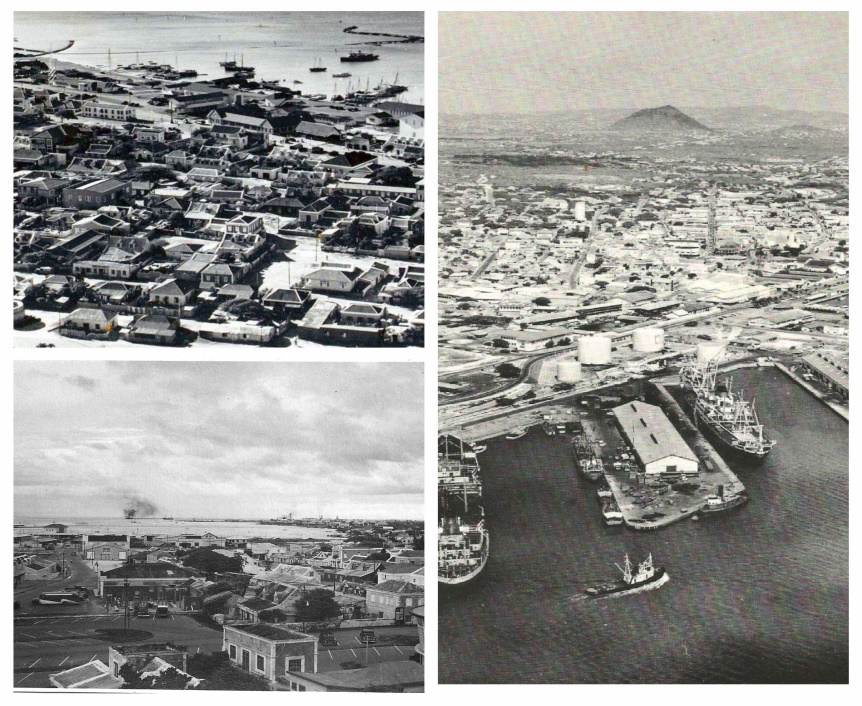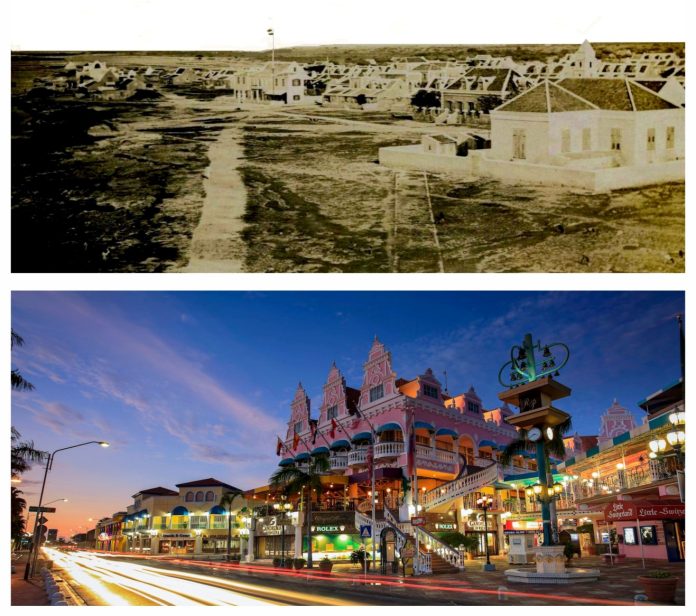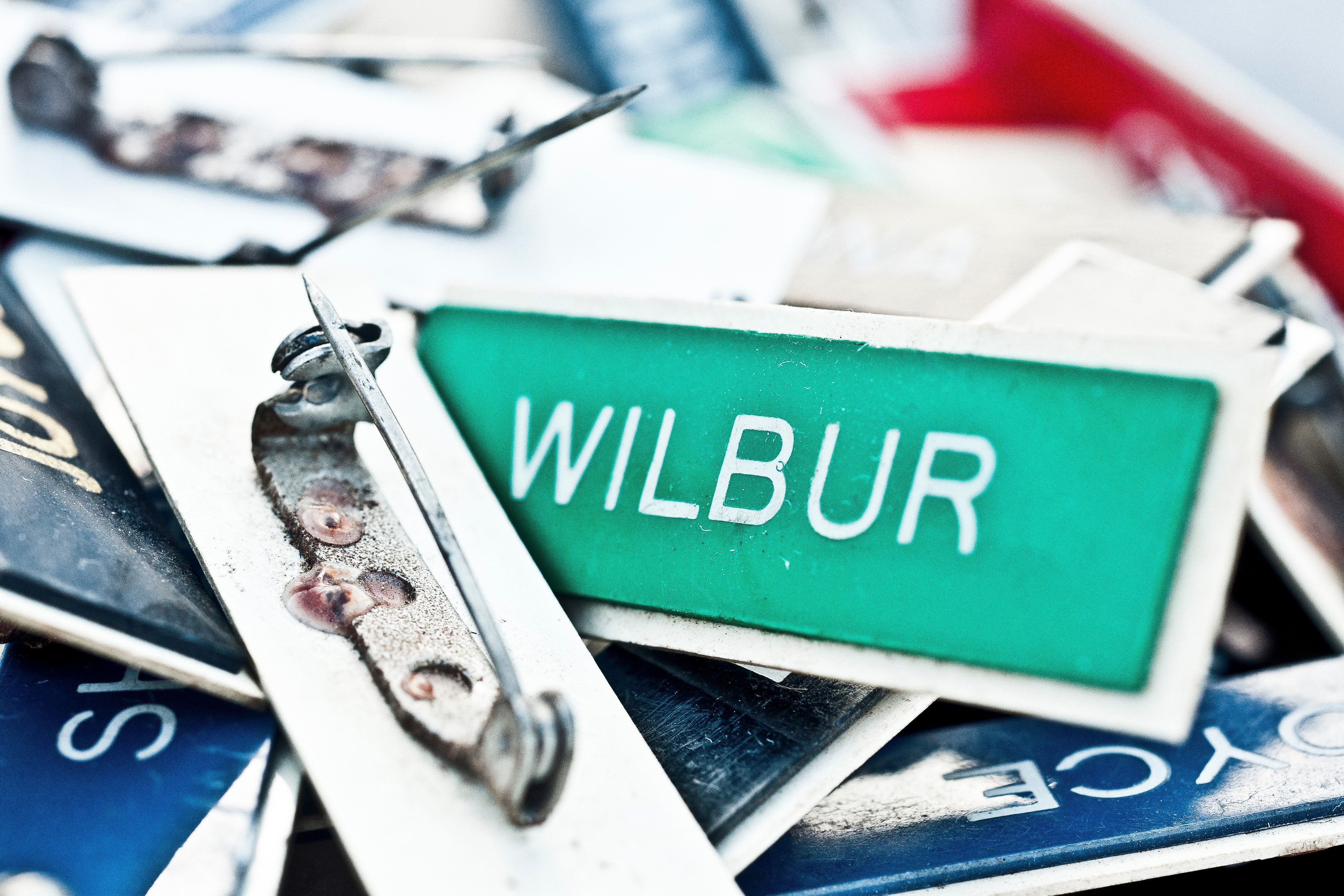Booking a magical glimpse inside Etnia Nativa
Article by Etnia Nativa call us 592 2702 and book your experience!
Every week in this space, we share a story about Aruba through the eyes of Etnia Nativa, a local spot that links you to the mystical past, the island’s ethnic heritage, and colonial history. During this episode, we introduce you to Jacob Thielen I, a prominent figure from the colonial era who proposed the name “Oranjestad” for our capital city. 
After the construction of Fort Zoutman was completed in 1797, Europeans, or white people, came to live in Playa. White Protestants who settled until then in Ponton gradually began to build their stone houses on the bay side, located on a lower level. Ponton was spacious and offered a strategic view of the south and west coasts, but in those days, it was too far from where the ships entered. In 1797—we know this accurately—there was not a single stone house at Playa or the Paardebaai. Eight years later, therefore, in 1805, there were as many as 32.
At that time, Vice Commander Jan van der Biest from Fort Zoutman headed the administration of Aruba, who continued in the position of acting commander until, in 1821, Jacob Thielen I was appointed commander. Thielen, who descended from a family that had already resided in Curacao since 1715 and was a member of the Court of Justice of Curacao, serving as a lawyer and secretary, appeared before the vice-commander Jan van der Biest on December 23, 1821, assuming the position of vice-commander on January 1, 1822, being saluted by eleven cannons.
Jacob Thielen I was the son of a prominent family that had settled in Curaçao a few generations before. As Secretary of Justice, the Council of Curaçao favored Jacob’s conditions to bring the necessary reforms to our island. His dedication and work favoring economic growth led to the implementation of fundamental and necessary changes, such as the government regulations of 1823. It was on August 3rd, 1824-a fact known due to direct family history-that Jacob Thielen I proposed the name Oranjestad (Orange City) to the town located on Horse’s Bay. A name that, as soon as it was heard, was acclaimed by all people during that occasion, which without exception burst into cheers of “Long live Oranjestad!” “May it grow and prosper.”
Before 1790, the south of Savaneta was the capital of Aruba, but Oranjestad turned out to be more accessible for ships to lay anchor.

What remains of that ancient capital Oranjestad proclaimed by Jacob Thielen I are a few buildings, such as the well-known Fort Zoutman, which dates back to 1796 and whose outer walls constitute the oldest building in Aruba (Island Insight episode 214: “Aruban Fort, two in one”). The tower located in front of the fort and current entrance was built in 1868 to meet the need for a public clock and had nothing to do with the fort. Once its construction was completed, it was converted into a lighthouse, with a clock installed in 1929. It functioned as a lighthouse until 1963, when the western entrance to the port was inaugurated. As an inscription on the tower, the initials W III will catch your attention, meaning William III, in honor of the reigning Dutch king during its construction.
If you are interested in exploring Aruba’s deep heritage, Etnia Nativa is the place to visit because it is a “cabinet of curiosities” (Island Insight episode 211: “Island cabinet of curiosities”). A first-hand expert, chief cultural contributor to this newspaper, and direct descendant of the late Thielen family guides every visitor. Etnia Nativa sets itself apart from the rest as a hidden gem by offering a personal native touch that adds depth and authenticity to your destination experience, providing its visitors the opportunity to enjoy a diverse array of artworks, objects, artifacts, dissected animals, plants, historical colonial furniture, etc. while diving to the navel of Aruba. Book your visit: WhatsApp +297 592 2702 or etnianativa03@gmail.com




















